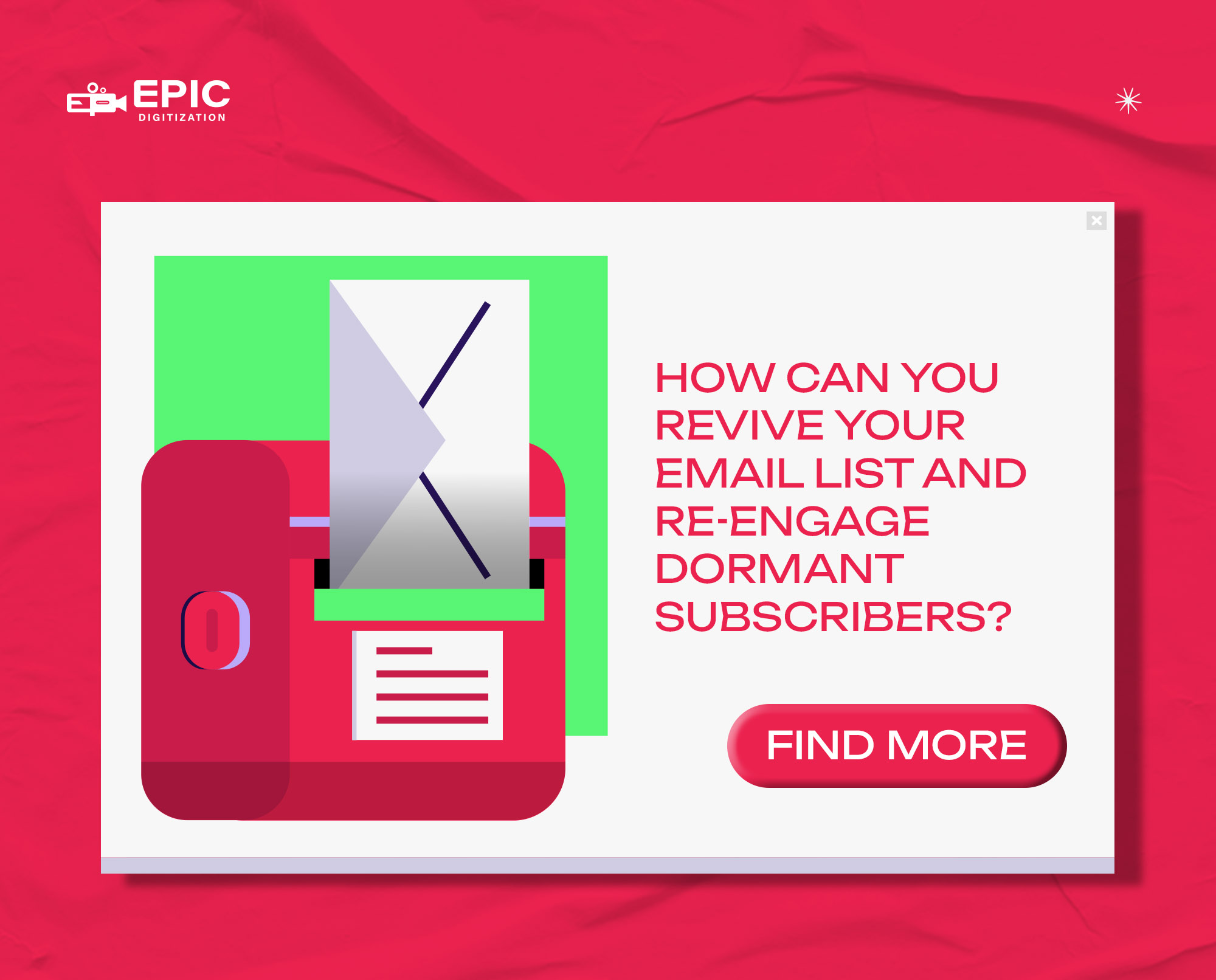
How Can You Revive Your Email List and Re-engage Dormant Subscribers?
You can revive your email list and re-engage dormant subscribers through a strategic approach: first, identify inactive subscribers (typically those who haven’t opened or clicked in 90-180 days); then segment them based on past engagement and purchase history; create a targeted re-engagement campaign with attention-grabbing subject lines, personalized content acknowledging their absence, clear value propositions, and incentives when appropriate; implement a sunset policy for those who remain unengaged; and finally, establish ongoing engagement practices to prevent future list decay. This approach typically recovers 15-25% of dormant subscribers while improving overall deliverability by removing truly inactive contacts.
📚 Table of Contents
- Why Do Email Lists Naturally Decay Over Time?
- How Do You Identify Truly Inactive Subscribers?
- What Makes an Effective Re-engagement Campaign?
- When Should You Offer Incentives to Re-engage Subscribers?
- How Do You Create an Effective Sunset Policy?
- What Ongoing Practices Prevent List Decay?
- Conclusion: Why Is List Maintenance a Revenue Opportunity?
Why Do Email Lists Naturally Decay Over Time?
Let’s face it – even your most enthusiastic subscribers won’t stay engaged forever. Email list decay is completely normal, but that doesn’t make it any less frustrating when you see your open rates dropping month after month.
On average, email lists decay by about 22–30% annually. That means if you’re not actively working to maintain and re-engage your list, you could lose nearly a third of your effective audience every single year!
Several factors contribute to this natural decay:
- Changing interests: What was relevant to someone last year might not matter to them now
- Email fatigue: Too many emails from too many senders leads to selective attention
- Job changes: Particularly impactful for B2B lists where work emails become inactive
- Competing priorities: Your emails get buried under more urgent communications
- Inbox filters: Gmail and others increasingly filter promotional content
✅ The good news? A strategic re-engagement campaign can typically recover 15–25% of dormant subscribers. That’s a significant portion of your audience that you can bring back into the fold with the right approach.
How Do You Identify Truly Inactive Subscribers?
Before you can re-engage inactive subscribers, you need to identify who they actually are. This isn’t as straightforward as it might seem.
📌 What Defines an “Inactive” Subscriber?
The standard definition varies by industry and sending frequency, but generally:
- 📆 Weekly senders: No opens or clicks in 90 days
- 🗓️ Monthly senders: No opens or clicks in 180 days
- 📴 Quarterly senders: No opens or clicks in 270 days
🚨 Note: These are just starting points. Always analyze your own audience behavior to define inactivity based on your unique engagement trends.
🧩 How Do You Segment Inactive Subscribers?
Not all inactive subscribers are the same. For more effective re-engagement, segment your dormant list by:
- 📊 Previous engagement level: Were they once highly engaged or always lukewarm?
- 💰 Purchase history: Have they bought from you before? How recently?
- 🌐 Acquisition source: How did they join your list initially?
- 🎯 Content preferences: What topics or formats did they engage with most?
✅ Example: I worked with an e-commerce client who segmented their inactive list based on previous purchase value. They created different re-engagement campaigns for high-value vs. low-value customers—resulting in a 34% higher recovery rate for the high-value segment. Smart segmentation = better results.
What Makes an Effective Re-engagement Campaign?
A successful re-engagement campaign combines several key elements to win back disengaged subscribers.
✉️ How Important Are Subject Lines in Re-engagement?
Subject lines are absolutely critical for re-engagement emails. You’re trying to get someone who has been ignoring you to suddenly pay attention. The most effective re-engagement subject lines typically fall into these categories:
- 👋 Direct acknowledgment: “We miss you!” or “It’s been a while…”
- 🤔 Curiosity-driven: “Is this goodbye?” or “Before you go…”
- 💎 Value proposition: “What you’ve been missing” or “We’ve improved!”
- 🧑💼 Personal appeal: “Jane, can we stay in touch?”
💡 Example: A marketing agency I advised tested four subject line styles. The direct line “We haven’t seen you in a while” outperformed all others with a 26% open rate—nearly double the next best performer.
📄 What Content Approaches Work Best?
Once you get them to open the email, your content must instantly communicate value. Proven content strategies include:
- 👀 Acknowledge the absence: “We’ve noticed you haven’t been opening our emails lately.”
- 📰 Highlight what they’ve missed: Share top blog posts, products, or offers from the past few months.
- 🗣️ Ask for feedback: “Are we sending too many emails? Not relevant enough?”
- ⚙️ Make it easy to adjust preferences: Allow users to update frequency or content types.
👉 Should You Include a Clear Call-to-Action?
Yes—every re-engagement email must include a clear, simple call-to-action. High-performing CTAs include:
- 🔧 “Update your preferences”: Empowers users to customize their experience
- ✅ “Confirm your subscription”: Straightforward yes/no choice
- 🆕 “See what’s new”: Encourages exploration without pressure
- 📋 “Take this quick survey”: Invites feedback in a low-stakes way
💬 Example: A software company I worked with used a simple choice—”Yes, keep me subscribed” / “No, please remove me”—and saw 22% of inactive subscribers click to stay. Clear beats clever when it comes to CTAs.
When Should You Offer Incentives to Re-engage Subscribers?
Incentives can be powerful motivators for re-engagement, but they must be used strategically to avoid attracting the wrong kind of attention.
💡 What Types of Incentives Work Best?
The most effective incentives for re-engagement typically include:
- 📚 Exclusive content: Reports, guides, or videos only available to subscribers
- 🏷️ Discounts or special offers: Especially compelling for e-commerce brands
- 🚀 Early access: Sneak peeks at new features, products, or launches
- 🧠 Free consultation or audit: Great for service-based or B2B businesses
⚠️ When Should You Avoid Incentives?
While incentives can increase engagement, they aren’t always the right move:
- 📉 If you’re optimizing for quality over quantity: Incentives may draw back subscribers only interested in freebies
- 💸 If you sell high-ticket items: Discounts could devalue your brand perception
- 🛠️ If your content lacks value: Fix your messaging and content strategy before offering bribes
💬 Example: A B2B software company I worked with considered offering a discount to re-engage their dormant subscribers. Instead, we created an exclusive industry benchmark report. The result? An 18% re-engagement rate and higher quality leads than they would have gained from a discount approach.
How Do You Create an Effective Sunset Policy?
Not everyone will re-engage, and that’s okay. A sunset policy helps you gracefully remove truly inactive subscribers while maintaining a clean, engaged list.
What Is a Sunset Policy?
A sunset policy is a predefined process for removing inactive subscribers from your list after re-engagement attempts have failed. This improves deliverability, reduces costs, and gives you more accurate engagement metrics.
How Do You Implement a Sunset Policy?
An effective sunset policy typically follows these steps:
- Send a final “last chance” email: Be direct about this being their final opportunity to stay on your list
- Provide a simple one-click option to stay: Make it as easy as possible to remain subscribed
- Set a clear timeframe: “If we don’t hear from you in the next 7 days…”
- Follow through: Actually remove non-responders after the stated timeframe
A retail client implemented a sunset policy after their re-engagement campaign, removing about 15% of their total list who remained inactive. Their overall open rates increased by 8 percentage points the following month, and their deliverability improved significantly.
What Ongoing Practices Prevent List Decay?
Re-engagement campaigns are necessary, but the best strategy is preventing excessive list decay in the first place.
How Can You Keep Subscribers Engaged Long-Term?
Implement these practices to maintain higher engagement levels:
- Set proper expectations during signup: Be clear about content and frequency
- Create a strong welcome sequence: First impressions matter enormously
- Segment based on behavior: Send more relevant content based on engagement
- Optimize send frequency: Test to find the right cadence for your audience
- Regularly clean your list: Don’t wait until decay becomes severe
A SaaS company I worked with implemented a quarterly “engagement check” where they identified subscribers showing early signs of disengagement (declining open rates) and sent them a special “We noticed you haven’t been opening our emails as much lately” message with content preference options. This proactive approach reduced their inactive subscriber rate by 34% year-over-year.
Conclusion: Why Is List Maintenance a Revenue Opportunity?
Many businesses view list decay and re-engagement as maintenance chores, but I encourage you to see them as significant revenue opportunities. Here’s why:
- It’s more cost-effective to re-engage existing subscribers than acquire new ones
- Improved deliverability means better results from all your email marketing
- Understanding why subscribers disengage helps improve your overall strategy
- Even a small percentage of recovered subscribers can represent significant revenue
Remember that every subscriber on your list initially raised their hand to hear from you. Something about your brand or offering resonated with them. Re-engagement is about rekindling that initial interest and reminding them why they connected with you in the first place.
By implementing the strategies outlined in this guide, you can transform your dormant subscribers from a deliverability liability into a renewed source of engagement and revenue.
💡Need help reviving your email list and re-engaging dormant subscribers?
Epic Digitization specializes in creating effective email marketing strategies that drive real business results.
🔗 Schedule your free email marketing assessment today and discover how to transform your subscriber list from dormant to dynamic.






